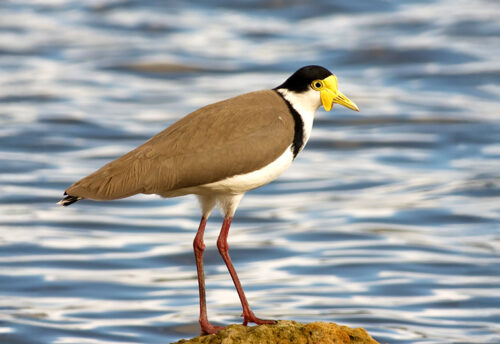
The spectacled porpoise is a small to medium sized, very understudied porpoise species indigenous to the temperate, sub-Antarctic, and Antarctic waters of the Southern Ocean. The reason they are so poorly studied is due to their locale. These porpoises face the threats of overfishing, bycatch, and accidental capture. The IUCN lists them as Least Concern, but their population trend is unknown.
First the Stats…
Scientific name: Phocoena dioptrica
Weight: Up to 240 lbs.
Length: Up to 7.22 feet
Lifespan: Up to 20 years
Now on to the Facts!
1.) Like other porpoise species, these critters have no beak.
2.) Very few observations of these cetaceans have been made at sea. Most of them have come from beached specimens.
3.) It is believed that these critters prey on various fishes and squids.
4.) Just like other porpoises, it is presumed that the spectacled porpoise births a single calf.
5.) The calf is estimated to measure up to 39 inches.
But wait, there’s more on the spectacled porpoise!
6.) No intel is currently available regarding gestation (pregnancy), lactation, or inter-birth intervals (the time between births).
7.) A group of porpoises is called a crowd, gam, herd, pod, school, shoal, or turmoil.
Did you know…?
Some porpoises can swim up to 34 mph!
8.) These porpoises were named by the French naturalist Fernando Lihille in 1912 for their 2 distinct black eye patches.
9.) The Latin dioptrica means “spectacled”.
10.) Another name for these critters is marsopa de anteojos – Spanish for spectacled porpoise.
Be sure to share & comment below! Also, check out the Critter Science YouTube channel. Videos added regularly!
Want to suggest a critter for me to write about? Let me know here.
Some source material acquired from: Wikipedia & IUCN
Photo credit: Ocean Treasures Memorial Library



